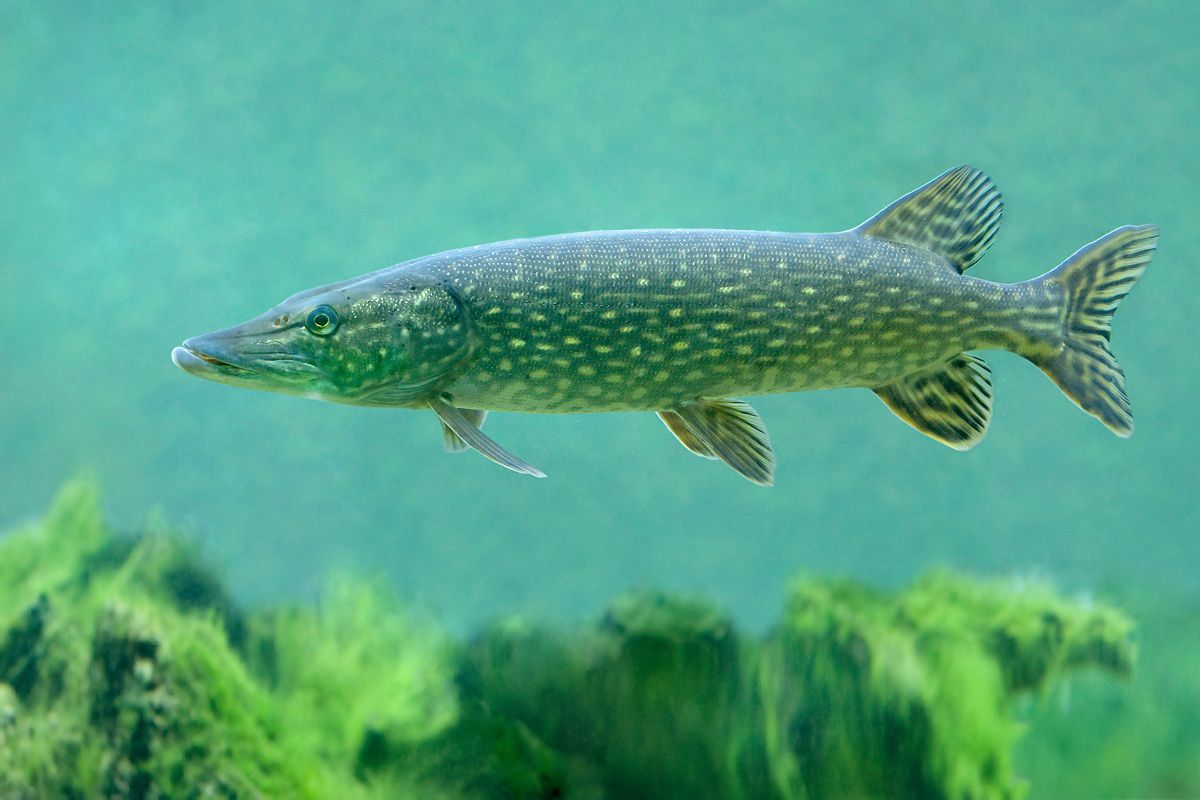Weed Fishing: Cast spoons and spinnerbaits over and through weed beds; retrieve with steady pace or stop-and-go; allow lure to flutter down through openings; pike often strike on the fall
Weed Edge Presentation: Position boat in deeper water; cast parallel to weed edges; use crankbaits and swimbaits to follow the vegetation line; vary retrieve depth and speed
Dead Stick Technique: Cast large soft plastics or jerkbaits; allow to sink; twitch occasionally; long pauses (10-30 seconds); effective in cold water
Quick-Strike Rig (Live Bait): Use 8-12 inch sucker minnows or chubs on quick-strike rigs beneath floats near weed edges; allows pike to be hooked quickly without deep hooking
Topwater Excitement: Summer/fall mornings; cast to open pockets in vegetation; steady retrieve or walk-the-dog action; prepare for explosive strikes
Trolling: Cover large areas with crankbaits or spoons; follow weed edge contours at 2-3 mph; use planer boards to spread coverage; effective for locating active fish
Ice Fishing: Tip-ups with live bait (large shiners, suckers) set at various depths; jigging spoons (Swedish Pimple, Rapala) for active fishing; focus on weed edges 12-18 feet

